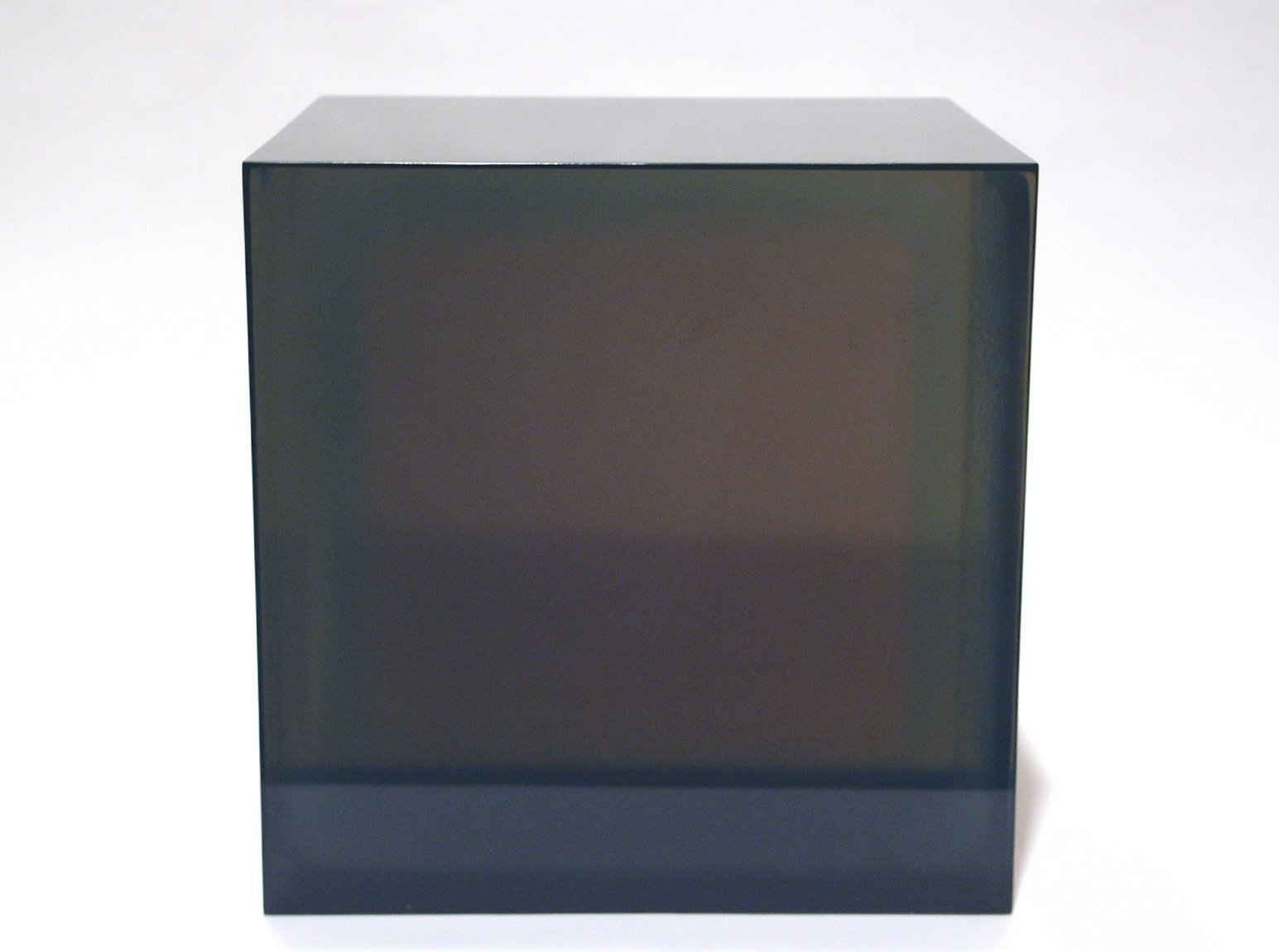Peter Alexander
’60s Sculpture, ‘90s Paintings
20 West 57 Street. November 13—December 21
Franklin Parrasch Gallery is pleased to present selections from three separate bodies of work by Los Angeles artist, Peter Alexander. A small group of early resin sculptures from 1967 are presented in conjunction with paintings from 1992 (including works from the artist’s “L.A. Riots” series). The periods in which these bodies of work were made are inextricably linked to the extreme degree of social unrest L.A. experienced in the summers of 1967 and 1992. The comparison of these series is observed in their formal relationships and their consistent use of light and translucent mass.
In the early sixties, Peter Alexander trained as an architect under Louis Kahn at the University of Pennsylvania and worked for Richard Neutra in Los Angeles before pursuing art. He began his work with cast resin sculpture while still in graduate school at UCLA. L.A. bred, Alexander had used polyester resin, a relatively new material at that time, to repair surfboards. He determined the material could be cast and eventually developed new formulas to adapt to the specific requirements of his geometrically formed sculpture. Ironically, though resin as a material was associated with surfer culture (a culture that rejected participation in the Vietnam War) it was research and development by the aerospace industry that helped make resin available as a working medium. In many ways, Alexander’s resin work served as a response to the times. It allowed the artist to create a sense of aesthetic order within a chaotic environment, but also reflected the absence of formal and material limits on this new breed of California artist.
In the L.A. Riots paintings, Alexander’s black and white wash, helicopter viewpoint, and T.V. monitor scale evoke the fluidity in the activity below as well as a distancing from the violence and turmoil on the ground. For Alexander, this process was a way of coming to terms with a social situation that offered little consolation. While geographically close to these events, he also felt removed, viewing the riots—as most did—through televised live feeds. Following the riots, Alexander sought a light that was less pessimistic than a city on fire and was drawn to Las Vegas for its cheerful neon artificiality. His glowing representations of Vegas landmarks are like the beacons they must have seemed at the time.
The artist’s consistent focus upon rendering light and the atmosphere through which it transmits is the driving force throughout the work. Social and physical conditions occupy a formal point of strategy in Alexander’s work, but it is a specificity of light that dictates his approach to making art.











